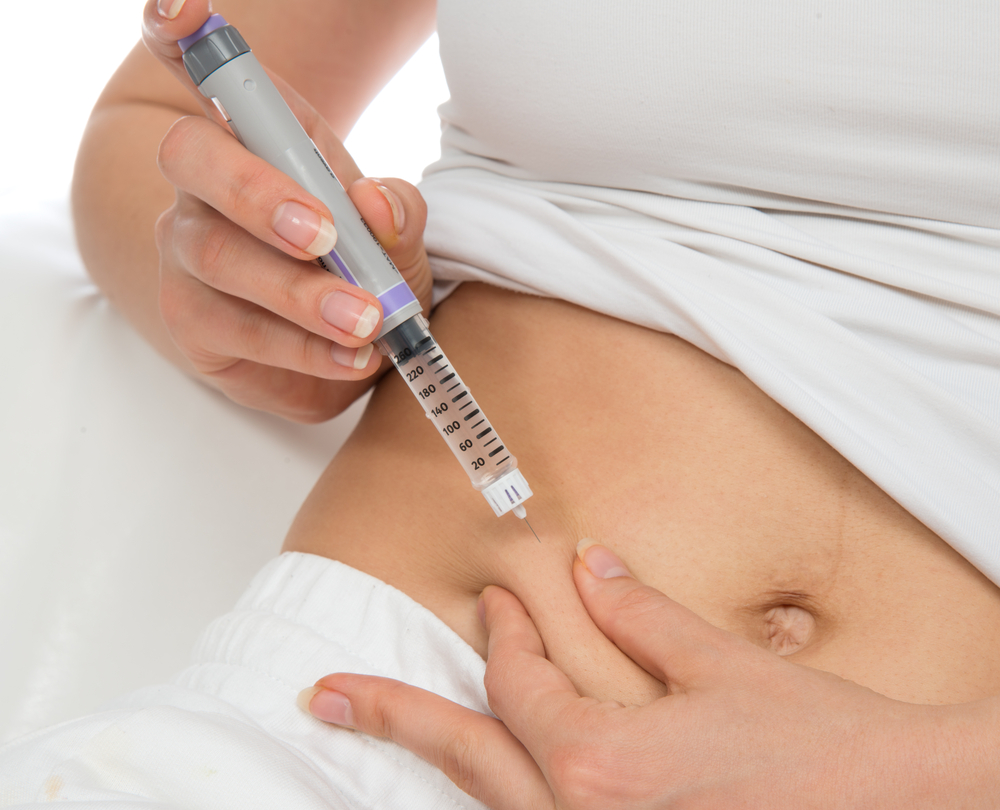
Pizza is a popular food all around the world because of its flavorful tomato sauce, crispy dough, and oozy cheese. But for those who are controlling their diabetes, eating pizza might be really difficult. It takes careful planning of serving quantities, ingredient selection, and overall dietary approach to strike a balance between the enjoyment of this widely consumed dish and the requirement to keep blood sugar levels steady. This post will discuss how to manage diabetes and pizza eating, with an emphasis on choosing healthier options and determining appropriate portion sizes.
Pizza and Blood Sugar: An Understanding
For people with diabetes, pizza’s high carbohydrate content—which can cause blood sugar spikes—is the main cause for concern. The main ingredient in pizza crust, refined flour, has a high carbohydrate content that turns into glucose fast. Furthermore, high-fat toppings like cheese and processed meats are frequently added to pizzas, which can have an adverse effect on blood sugar regulation and general health.
The Value of Controlling Portion Size
When eating pizza, portion control is essential for controlling blood sugar levels. One slice is usually the conventional serving size for pizza, though this might change depending on the thickness and size of the pizza. It’s crucial for people with diabetes to watch how many slices they eat as well as the kind and size of pizza they eat.
1. Restrict Your Pizza Consumption to One or Two Slices:
Eating only one or two slices of pizza can help you control your intake of carbohydrates. Depending on the size and toppings, 20–30 grams of carbs can be found in a single slice of pizza. You can better limit the quantity of carbohydrates you consume in a single meal by managing portion size.
2. Select Thin Crust Pizza Over Thick Crust:
Generally speaking, thin crust pizzas have less carbohydrates than their thicker counterparts. Choosing a thin crust will help you keep within your nutritional objectives by lowering the amount of carbohydrates in your meal overall.
Making Better Decisions
Making wise selections regarding ingredients can have a significant impact in addition to portion control. Here are some methods for improving the diabetes-friendliness of pizza:
1. Choose Whole Grain Crust:
A whole grain crust might give additional fiber whether you’re making pizza at home or getting takeout from a place that serves it. Fiber can help improve blood sugar regulation by slowing the absorption of carbohydrates.
2. Eat a Lot of Vegetables:
Adding spinach, bell peppers, onions, and mushrooms to your pizza will give it important nutrients and fiber. Additionally, they provide less carbohydrates than toppings made of cheese or meat. Including more veggies in your pizza will improve its nutritional value and assist in controlling blood sugar.
3. Select Lean Proteins:
Lean meats like turkey or grilled chicken are a better option than high-fat meats like sausage or pepperoni. These choices can improve general health because they have less saturated fat.
4. Use Less Cheese:
A large portion of the fat and calories in pizza come from cheese. To cut back on calories and fat, try using less cheese or selecting cheese varieties with reduced fat content. To preserve flavor and lower fat level, some people might also find it helpful to experiment with cheese blends.
Pizza with Your Overall Diet: Finding a Balance
Pizza can occasionally be included in a balanced diet, but you should also think about how it will work with your whole meal plan. Here are some pointers for including pizza in a diet that is suitable for diabetics:
1. Serve Salad with Pizza:
Including a side salad with your dinner can boost your intake of fiber and aid in feeling full. The salad’s fiber may help to slow down the pizza’s carbohydrate digestion, which could result in more stable blood sugar levels.
2. Check Blood Sugar Levels:
Check your blood sugar levels before and after eating if you’re not sure how a specific kind of pizza will influence them. This might help you understand how the various ingredients and quantity slices of pizza can a diabetic eat affect your blood sugar levels.
3. Meal Balance:
Make sure that the total amount of food you eat each day consists of a range of meals that are high in fiber, protein, and healthy fats and low in refined carbohydrates. This well-rounded strategy can lessen the effects of sporadic meals high in carbohydrates, like pizza.
In summary
The key to eating pizza and managing diabetes is striking the perfect balance. You can still enjoy your beloved pizza dish without sacrificing your blood sugar management goals if you pay attention to portion control, choose healthy ingredients, and incorporate pizza within a well-rounded meal. To ensure that pizza stays a treat rather than a regular indulgence, keep in mind that moderation and careful eating are crucial. You may enjoy your pizza while managing your diabetes if you plan ahead and make wise decisions.